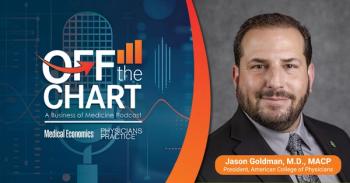
Getting reimbursed for patient education
Insurers are signing on to support new chronic care patient education delivery systems that incorporate web-based and electronic technologies.
Medicare provides coverage for 10 hours of diabetes education during a 12-month period. Once that first hour appointment is made and Medicare is billed, the clock is ticking and the patient must complete the other nine hours within a year of that first appointment. After that, a Medicare beneficiary is covered for only two additional hours of diabetes education per year.
"This is not enough," says certified diabetes educator Marcia D. Draheim, RN, president of Draheim Dimensional Presentations in Cedar Rapids, Iowa, and president of the American Association of Diabetes Educators. "The AADE is trying to work with Medicare . . . to get this changed so we adopt a chronic care model. We must invest more in prevention rather than wait until the complications occur and become worse."
But there are signs that things may be improving. "Many health insurers are now starting to provide healthy living education to patients through home mailings and phone calls, to impress upon them the importance of taking care of their diabetes," says Scot G. McAfee, MD, a psychiatrist at St. Vincent's Hospital in New York City, with expertise in the psychological aspects of chronic medical disorders.
"Physicians are going to be pleasantly surprised as reimbursement starts to improve for this," says Stephen W. Ponder, MD, FAAP, CDE, medical director of the South Texas Children's Diabetes and Endocrine Center at Driscoll Children's Hospital in Corpus Christi. Ponder developed the Diabetes HouseCall Concierge Program, which uses web-based and electronic technologies to educate cardiometabolic and diabetes patients.
Ponder reports that the program is making "dramatic breakthroughs" in acquiring third-party reimbursement support, including Blue Cross/Blue Shield, and that it has received growing support from Medicaid and several nationwide private insurers. He believes this increasing reimbursement will accelerate the rise of these programs.
Newsletter
Stay informed and empowered with Medical Economics enewsletter, delivering expert insights, financial strategies, practice management tips and technology trends — tailored for today’s physicians.
















